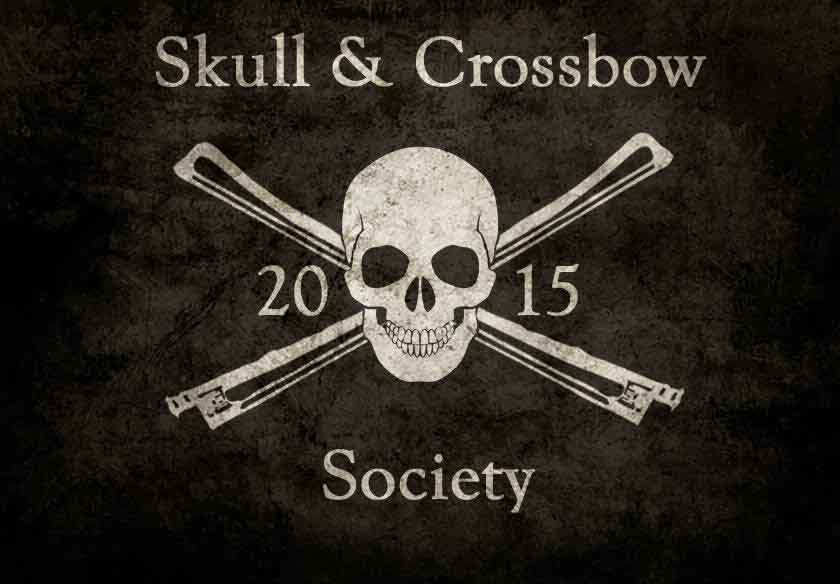Welcome to our forum. A Message To Our New and Prospective Members . Check out our Forum Rules. Lets keep this forum an enjoyable place to visit.
Currently working on errors from the latest (SimplePress) forum update. Many issues have been resoled and others are being worked on. Thank you for your patience.
 Topic RSS
Topic RSS



 (0 votes)
(0 votes) Regulars
 Offline
Offline

I really would love a bridge like this.
http://postimg.org/image/bsg7vobmb/
@Fiddlerman Is your self adjusting Mirecourt the same thing as this?!


I believe that that's just a regular bridge that have been shaped by a luthier, that's why if you buy a bridge, it is called a blank, because it is not carved to an appropriate shape , other than carving for the height (via shaping the feet and the head of the bridge) they also shape the kidney wings, the bee sring, the heart wing, the curvature of the crotch, the thickness, etc. and not all finger board height and curvatures of all violins are the same, therefore; having a curvature of the bridge like that on other violins might not work well, every bridge are custom shaped for a violin.
cheers! - ⁰ℨ
Fiddlerman said
The self adjusting Mirecourt is similar and as the replies indicate above, the bridge in that picture is a very standard looking bridge. Most bridges are further trimmed by the luthier who installs them. If you choose to do the installation yourself there are a couple real nice how to's here.
Here is Kevins:
https://fiddlerman.com/2011/11.....n-m-healy/
This is probably the best how-to I've seen for bridge fitting!
Regulars
 Offline
Offline

Regulars
 Offline
Offline

Well, after much MUCH more playing since I originally posted this and only playing jigs/reels I have come to find that I am having a great time throwing in double stops wherever I can. (If I feel real feisty I might even throw in a 5 note roll.) I have un-officially decided to only play folk music, specifically the Irish jigs.
Soooo short story long I can actually now tell how a bridge I originally posted is exactly what I DON'T want. Instead, I am going to flatten it out as much as I can. I think I am going to ask my luthier to match the picture below. I don't see any downside at all. It will make me have to be even more precise while making my jumps from DA to AE much easier. THOUGHTS?!

Regulars



LOL, that's why I believe the need for multiple violins comes into play! ![]()
My primary aka "Jules" has a standard shaped bridge. Meaning, it takes a little bit of effort to hit double stops & drones. I usually just tighten my bow a little more than normal when I know I am going to be playing Celtic, Folk or anything similar.
My other violin aka "Laz" has more of a flattened bridge. It is great for double stop' & drones, but not so much when hitting individual notes! LOL
You might have to play around with the different carvings/setups to find the balance that you're happy with. Although I love Laz's bridge, it's not always practical and I can live with "Jules" more rounded bridge by making a quick bow adjustment.
Me, personally, would focus primarily on a decent sounding bridge. Which reminds me, I really need to have Jules bridge thinned! 😀
“Tell me and I forget. Teach me and I remember. Involve me and I learn.” ~Benjamin Franklin



There are great troubles with using a flat bridge, specially if you're a beginner....fm and other members are right, it will be very hard to play with one string except if it is G and E, if it is hard to play with one string using a regular bridge, how much more with a flat one? Anyway, another problem is the fingerboard, it is curved, which means, if you have a flat bridge, the D and A would be lower, making it sag/touch the fingerboard while you play, which will be very scratchy, if you make it higher so that the D and A doesn't touch the fingerboard, thr G and E would be very high then. Well anyway, back again to the double stop, it might be harder for you to play one string, not all jigs and folk music does use double stops, you know. well, goodluck then, cheers!
cheers! - ⁰ℨ
1 Guest(s)


 Log In
Log In Register
Register























